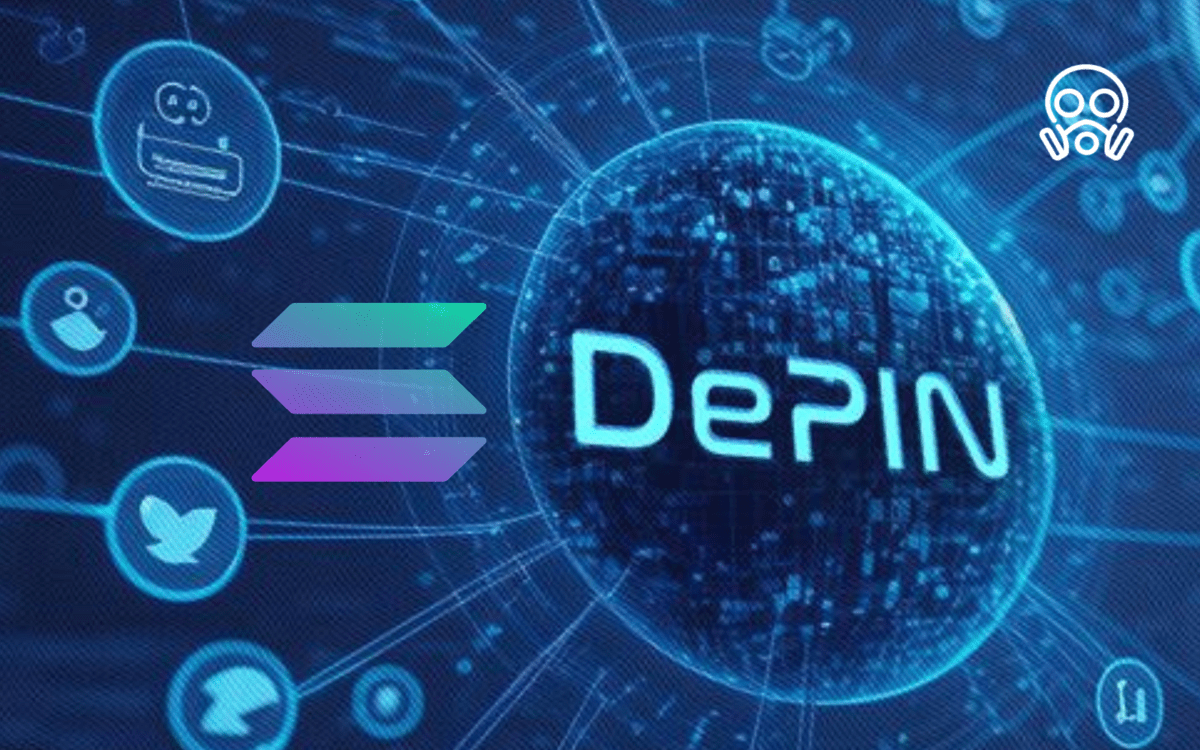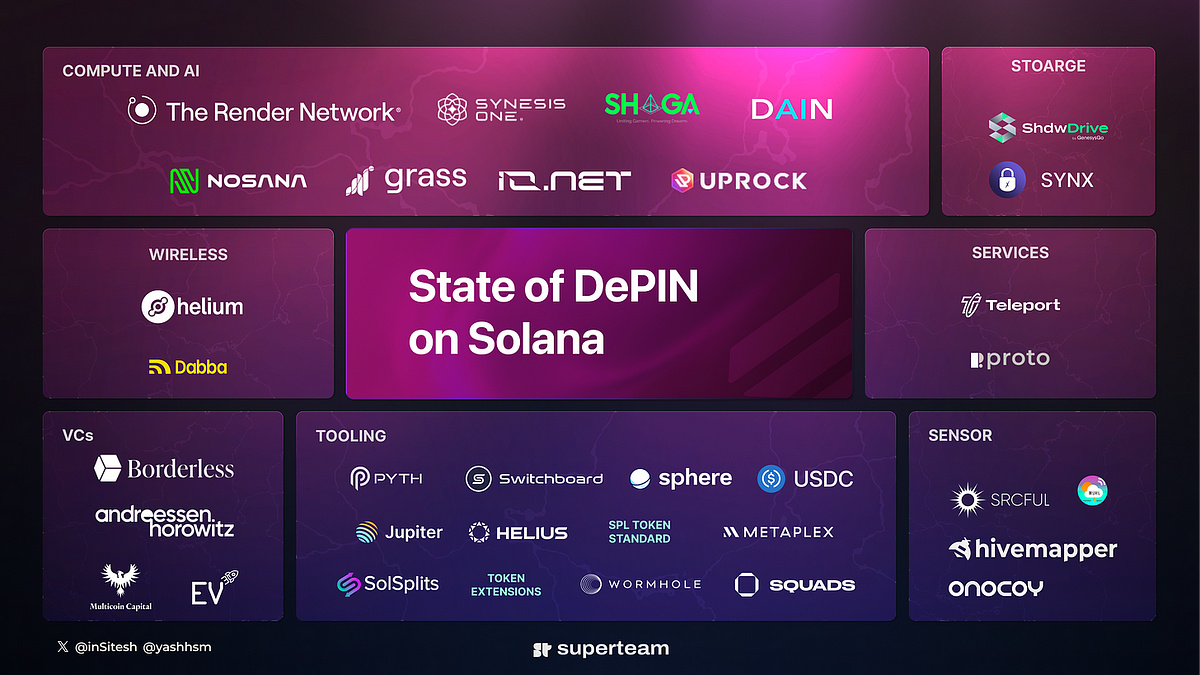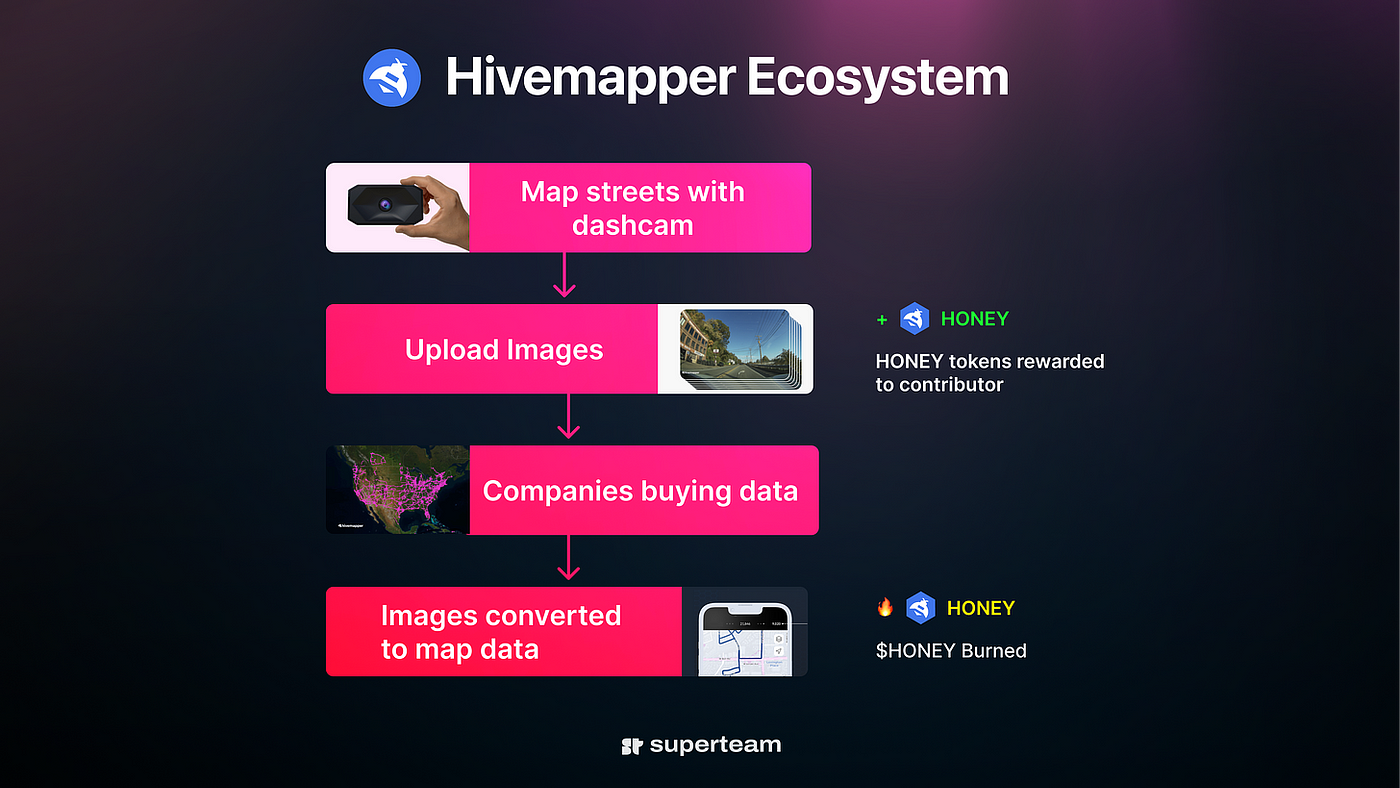DePIN on Solana: The Infrastructure Revolution
What if your smartphone could help build wireless networks? What if your daily commute could earn you money while mapping the world? What if your gaming PC could power Hollywood-level rendering farms
What is DePIN?
DePIN stands for Decentralized Physical Infrastructure Network. Sounds too fancy? Let’s make it simple, think of it like Airbnb, but instead of renting your spare bedroom, you're renting out your internet bandwidth, your car's dashcam footage, or your computer's processing power.
Here's the magic: instead of massive corporations owning all the infrastructure we rely on – cell towers, mapping data, cloud computing – regular people can own pieces of it and get paid for contributing. Everything runs on blockchain technology, ensuring transparent payments, global accessibility, and no single company controlling the entire network.
When thousands of individual contributors work together, they create something more powerful than any single company could build alone. It’s infrastructure is owned by the people, for the people.
Why Solana?
Speed matters when coordinating thousands of physical devices worldwide. Traditional blockchains like Bitcoin process 7 transactions per second. Ethereum manages around 15. Solana handles over 65,000 transactions per second with sub-second finality.
This isn't just theoretical performance – it's real-world results. Projects like Helium, Hivemapper, and Render have demonstrated significant growth on Solana, driven by its scalability and minimal fees. When you're running networks with thousands of participants earning micro-payments constantly, Solana's efficiency becomes essential, not optional.
Examples of DePIN on Solana
Image Source: State of Solana DePIN 2024, Yash Agarwal, Superteam Blog
Helium: Democratising Wireless Networks
Install a small device (about the size of a WiFi router) in your home. This hotspot provides wireless coverage for IoT devices in your area – smart city sensors, pet trackers, agricultural monitors. Every time data passes through your hotspot, you earn HNT tokens.
What started as a grassroots wireless experiment now competes with traditional telecom infrastructure. Helium has grown into a legitimate alternative that's faster to deploy, especially in underserved rural areas.
Web2 Alternative: Traditional telecom companies spend billions building cell towers while maintaining complete control over coverage and pricing.
DePIN Advantage: Distributed network owned by participants, faster rural deployment, and direct financial incentives for coverage expansion.
Render Network: Hollywood Meets Blockchain
Render Network brings Hollywood-level rendering power to everyone. Content creators access professional-grade 3D rendering at fractional costs, while GPU owners earn passive income by contributing processing power.
The network seamlessly matches supply and demand. An artist in Brazil working on 3D animation can tap into idle GPU power from gaming rigs in Germany, paying only for usage. The GPU owner earns RENDER tokens automatically.
Web2 Alternative: Expensive cloud rendering services with fixed pricing and limited scalability.
DePIN Advantage: Dynamic pricing based on real supply and demand, global GPU resource pool, and rewards for both creators and contributors.
Hivemapper: Crowdsourced Mapping Revolution
Google Street View required fleets of specialised cars driving predetermined routes. Hivemapper turns every participating driver into a mapping contributor using simple dashcams.
Drive your normal routes with a Hivemapper dashcam, and the network automatically processes footage to update map data. Construction zones, new businesses, road conditions – everything gets captured and verified by the community. Contributors earn HONEY tokens based on the uniqueness and value of their mapping data.
Web2 Alternative: Corporate mapping teams with expensive equipment and infrequent updates.
DePIN Advantage: Real-time updates from thousands of contributors, fresher data, and community ownership of mapping infrastructure.
Another interesting example is Dabba Network & how they’re flipping the problem of high mobile data costs into an opportunity by incentivising individuals to deploy Wi-Fi hotspots in high-density neighbourhoods, markets, and transit areas.
Check out my latest thread on X to know more - Link
Key Benefits of DePIN
Economic Incentives Align with Network Growth
In Web2, users provide data to platforms that monetize it. In DePIN, users become stakeholders who directly benefit from network growth. Your contribution isn't just helping a corporation – it's building your own asset.
Resilience Through Decentralisation
No single point of failure means more robust infrastructure. Geographic and ownership distribution creates anti-fragility that centralised systems simply cannot match.
Innovation at the Edge
This approach eliminates centralised infrastructure investments by tapping into resources that already exist. Your gaming PC, daily commute, and home internet connection become productive assets in ways Web2 never enabled.
Global Accessibility
No corporate gatekeepers mean services can emerge anywhere there's demand. Rural areas traditionally underserved by big tech can bootstrap their own infrastructure and capture economic value directly.
To Sum it up
DePIN on Solana is to empower individuals, redefine how we connect, compute, and create. Whether you're a developer, or just someone with a spare router, Solana's DePIN ecosystem invites you to plug in, contribute, and earn. With projects like Helium, Hivemapper, Render, Nosana leading the charge, and the ecosystem generating $458,000 monthly in real revenue, now is the time to be a part of the decentralized ecosystem.
Excited? Check out more about DePIN on Solana here.
References
DePIN Ninja: Netwrok Statistics & performance Metrics
CoinGecko: Token Performance & market Data
a16z Crypto: The DePIN Thesis



